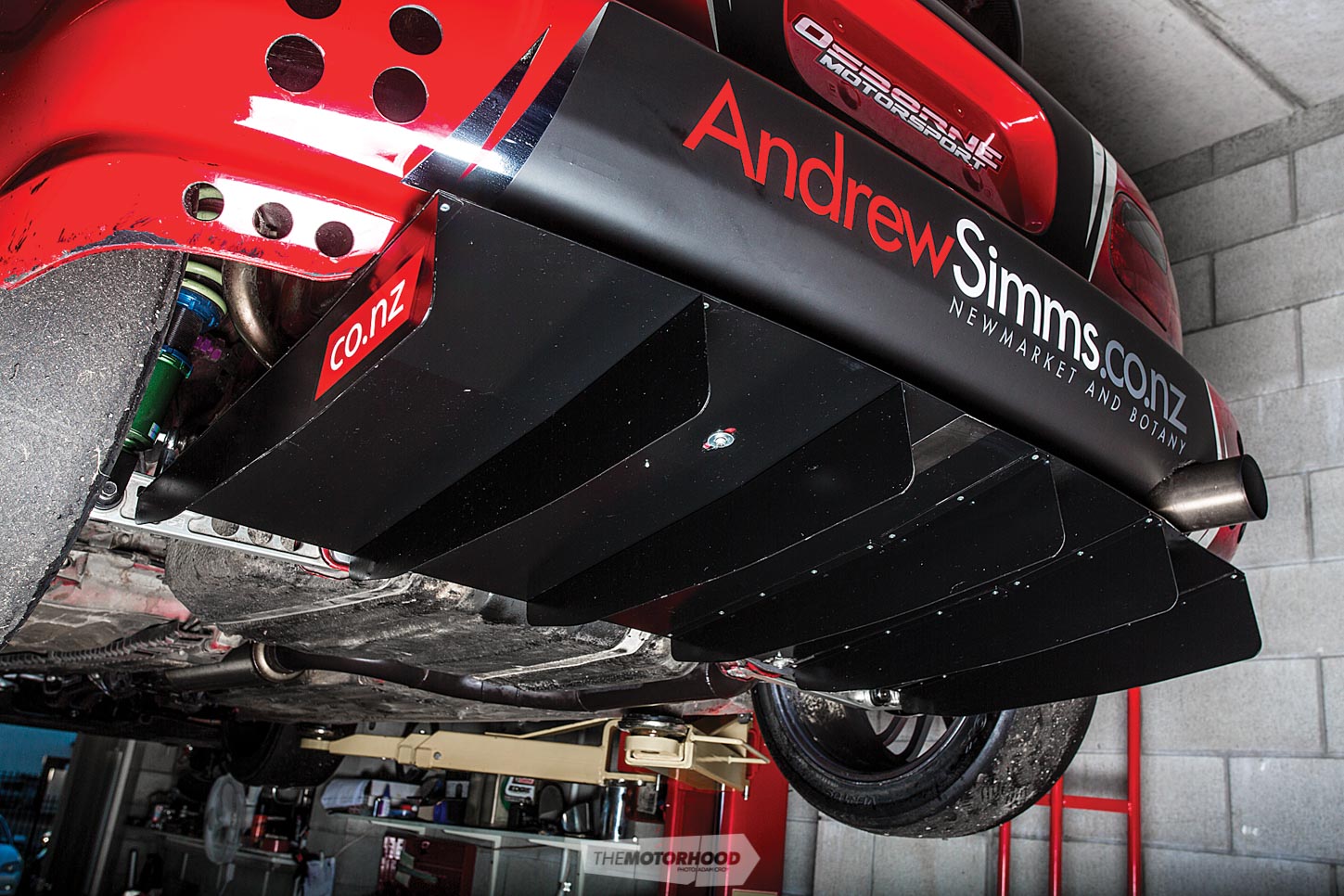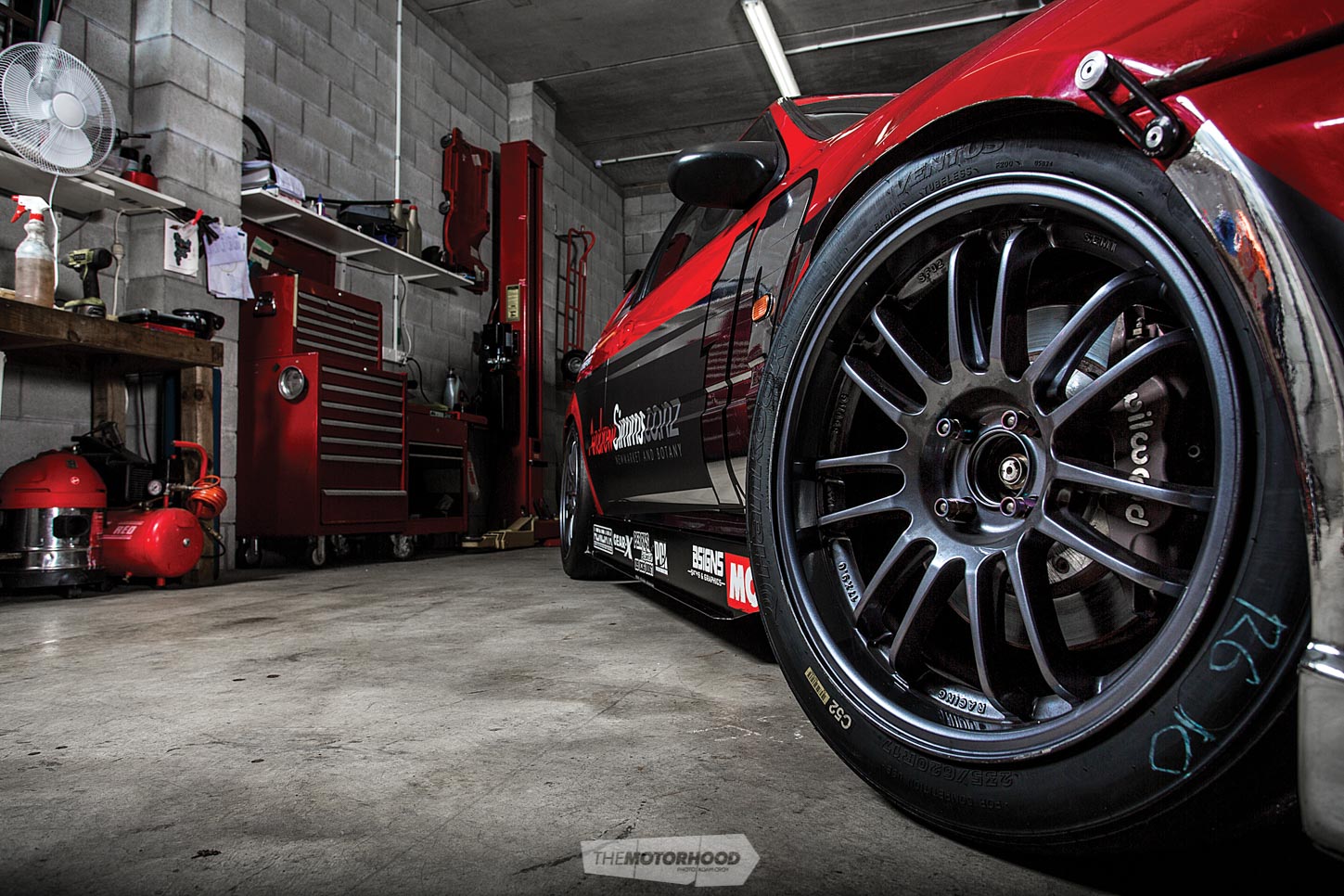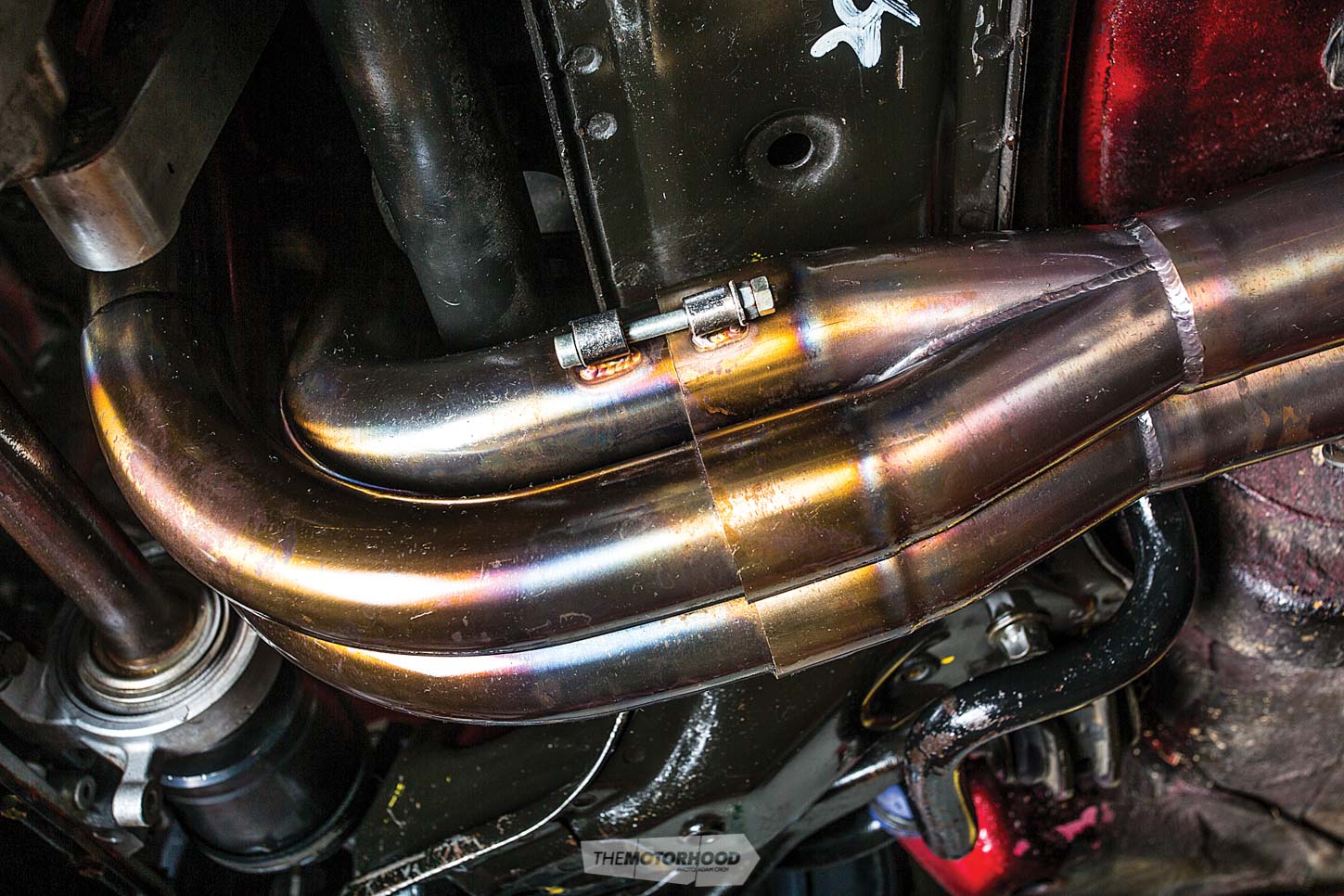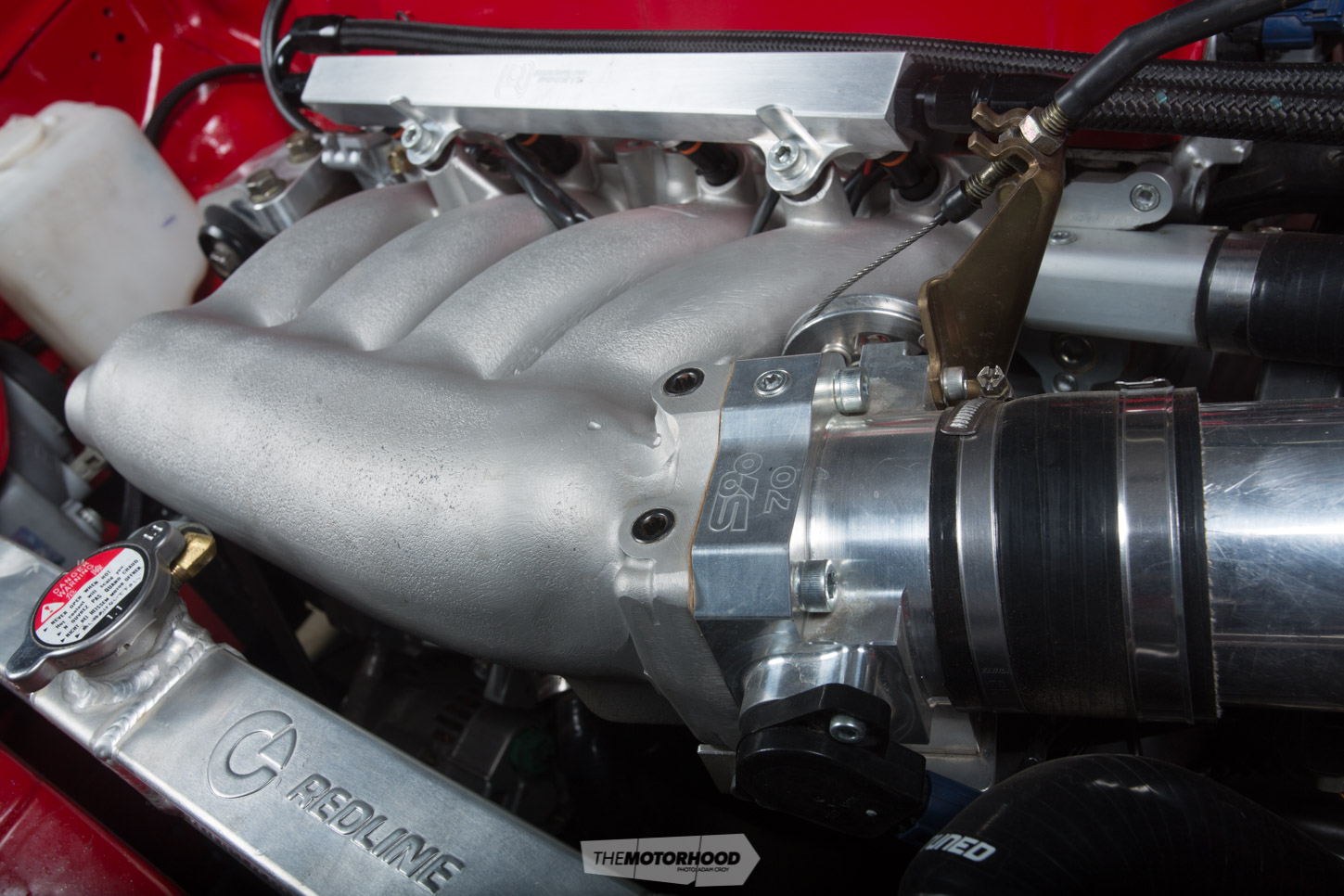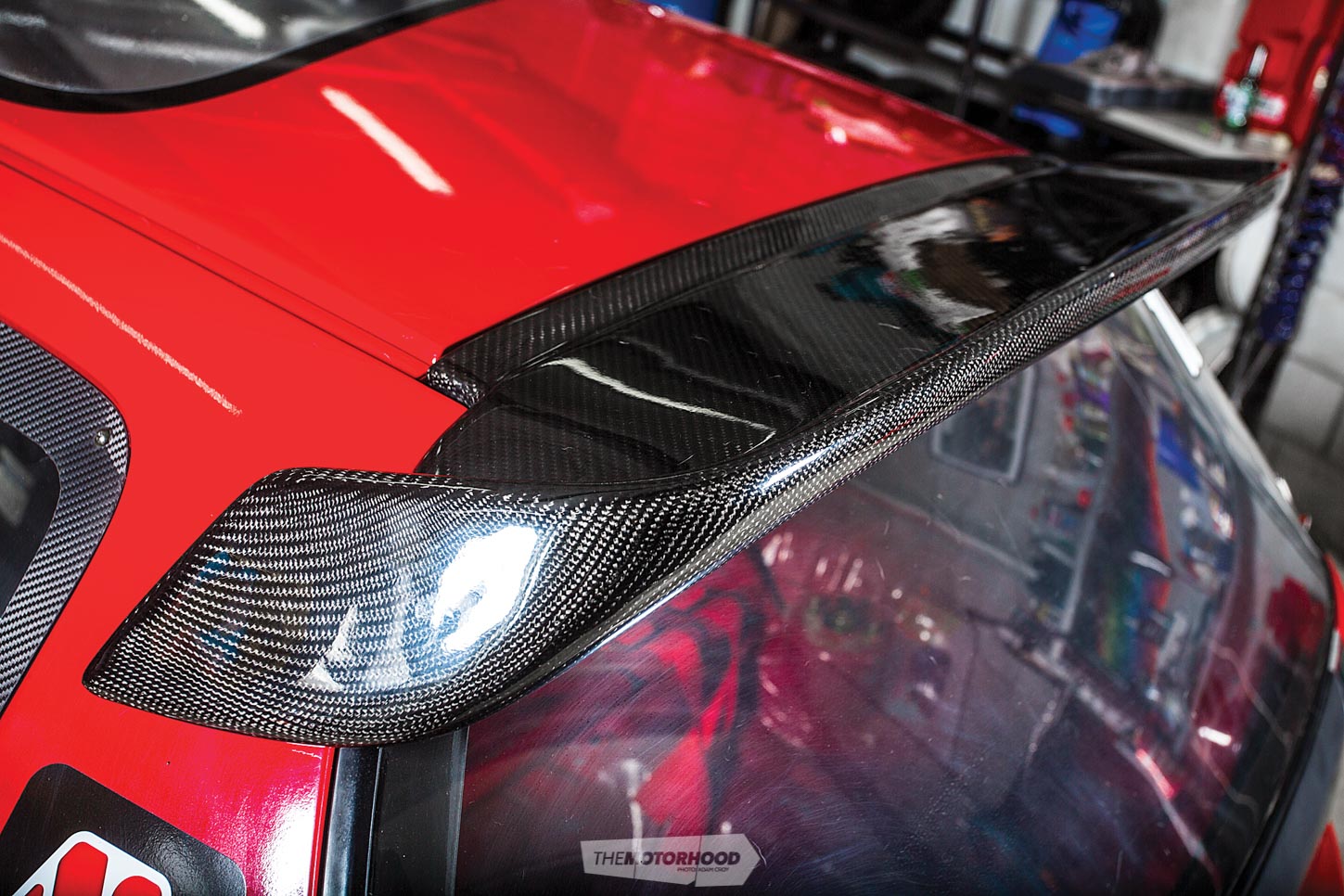Mitch Osborne not only showed everyone in the Honda Cup that a solid-handling set-up can blow through lap times, but he did it with stock engines and gearboxes, too
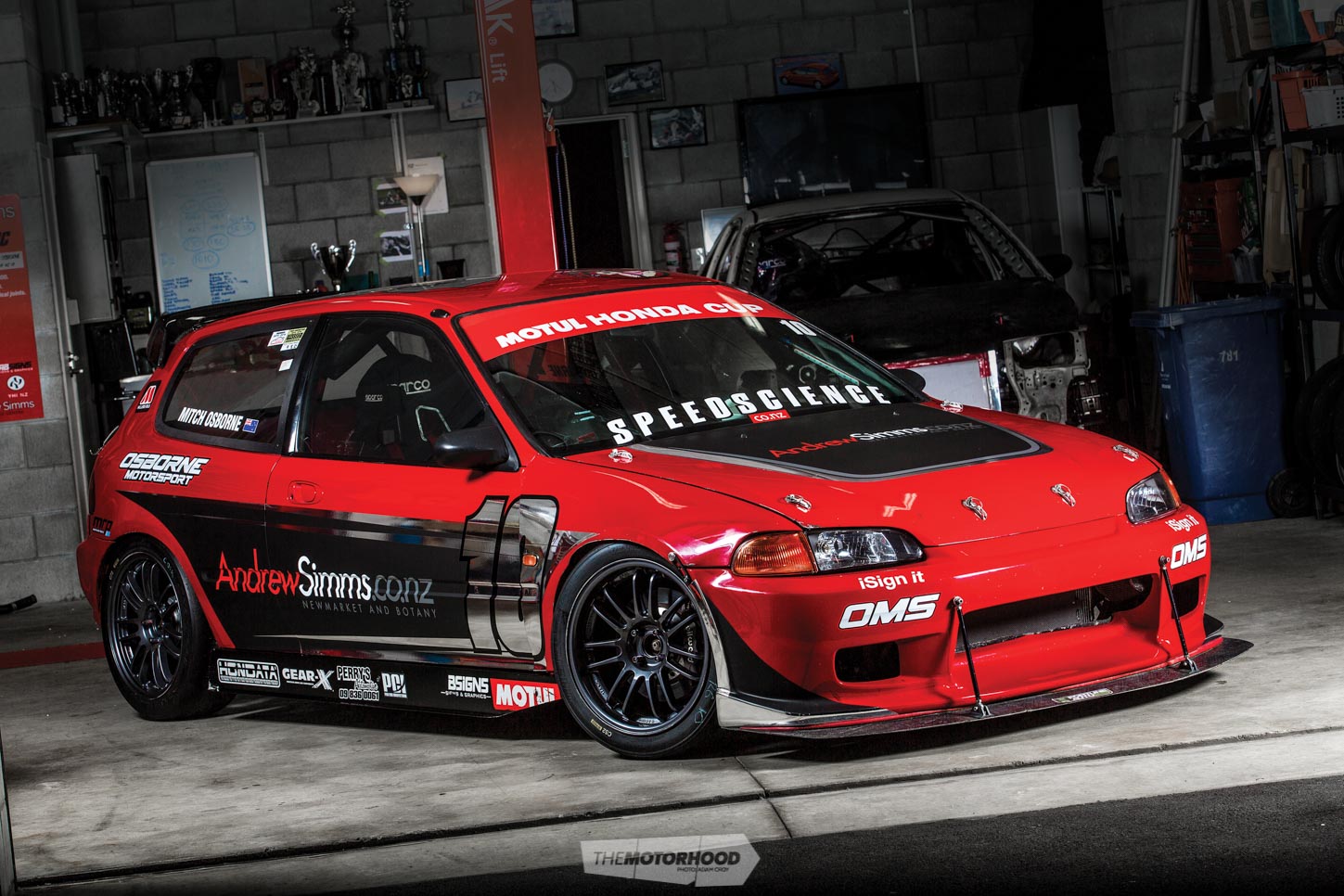
As kids, many of us daydreamed about building our very own race car, climbing into the driver’s seat, and breaking records like the heroes we saw on the telly, recreating the action as we rolled Hot Wheels cars around the same race-track rug everyone seemed to have. But not many of us turn that dream into a reality, even though anyone with a bit of spare cash and a correct licence can buy an ex-competition car and jump into a series — hoping to instantly master it and somehow set new lap-time records. It takes the right kind of driver, with many years of experience, knowledge, and a touch of luck, to understand that the key — as Mitch Osborne in the Andrew Simms K20-powered Honda EG6 has proven — can rest on the vehicle’s handling.
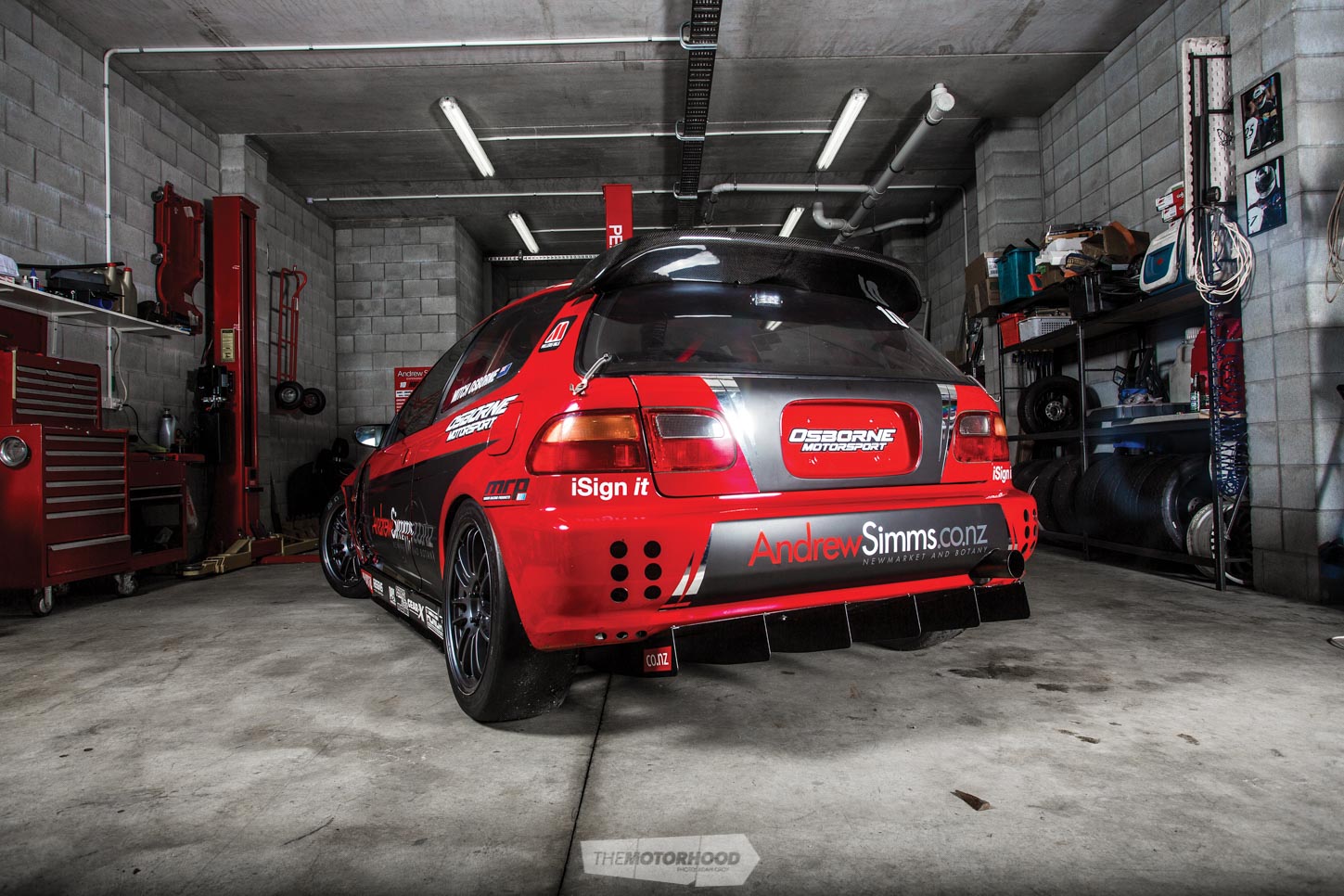
Starting out as a young ’un racing karts, Mitch racked up nearly 20 years of karting experience and decided to move on to something different when the costs started getting up there. “I was originally looking at the BMW series until Graeme Smyth showed me this car on Trade Me and suggested racing in the Honda Cup,” he told us. “I’m not one of those Honda nuts that go ‘oh, Hondas are amazing’; I give them more stick than everyone else, but it ticked all the boxes.”
The original incarnation of the 1992 Honda Civic EG6 was no slouch, though. Running a B16B engine and gearbox, it had already won three season titles with two different owners at the helm in the Honda Cup series.
The family team at Osborne Motorsport wasn’t worried about making power figures and chose to dial-in the handling side of things first. “It’s always been about the handling, running a stock engine and box. It just works because of the way the chassis is tuned,” Mitch explained. “The shocks, arms, bars, bushes — all that side of things was the priority focus.” They continued to develop the package from there, eventually incorporating the current set of custom Fortune Auto 510 series shocks with Swift-brand springs to keep everything balanced, while the front packs Wilwood Superlite calipers bolted up to Wilwood 310mm two-piece rotors to stop the car on a dime.
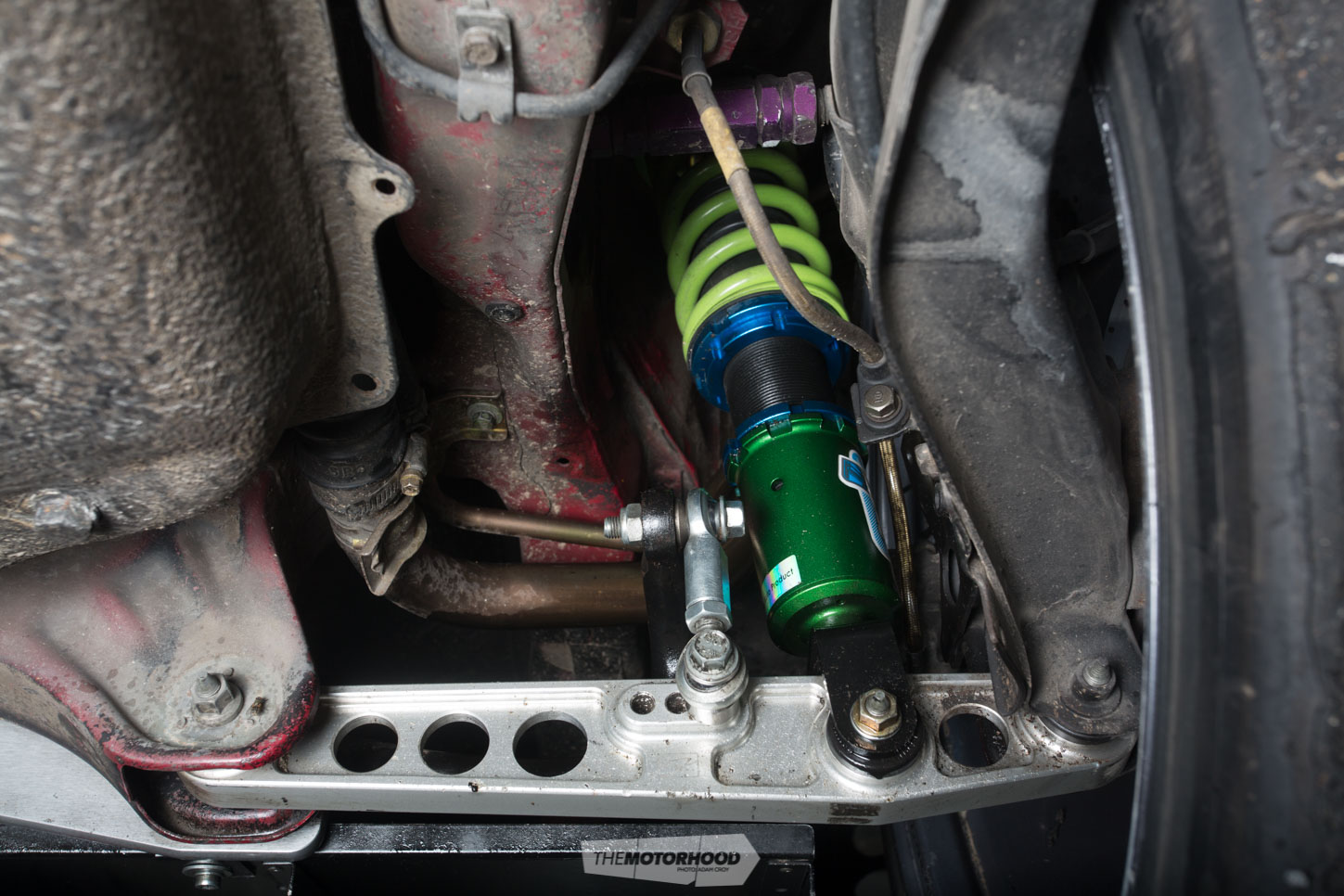
In a series featuring small and often underpowered cars, weight is a huge factor, and the team managed to strip the shell down to an impressive 750kg dry, with a final race weight of 920kg, including Mitch and a full tank of fuel. Although they now add balast to meet minimum class weight, it can be where they choose, resulting in huge weights on the passenger footwell.
The handling work was followed by a full rebuild to freshen-up the B16 and the rest of the car for the approaching Honda Cup season. “At the first event, we were labelled cheaters. They were teching the car and teching all the elements, but it was well within spec,” Mitch said, laughing. “Then they couldn’t believe the engine was stock, so they pulled the head off, too.” Understandably, the Osborne Motorsport team was a bit annoyed by accusations of cheating, but, once everything cooled down, the organizer understood that everything was in the handling — and maybe a bit of drive craft on Mitch’s part. “It was quite good, really. After that, the organizers seemed to enjoy it, and the rest of the pack stepped up their game, too,” he admitted.
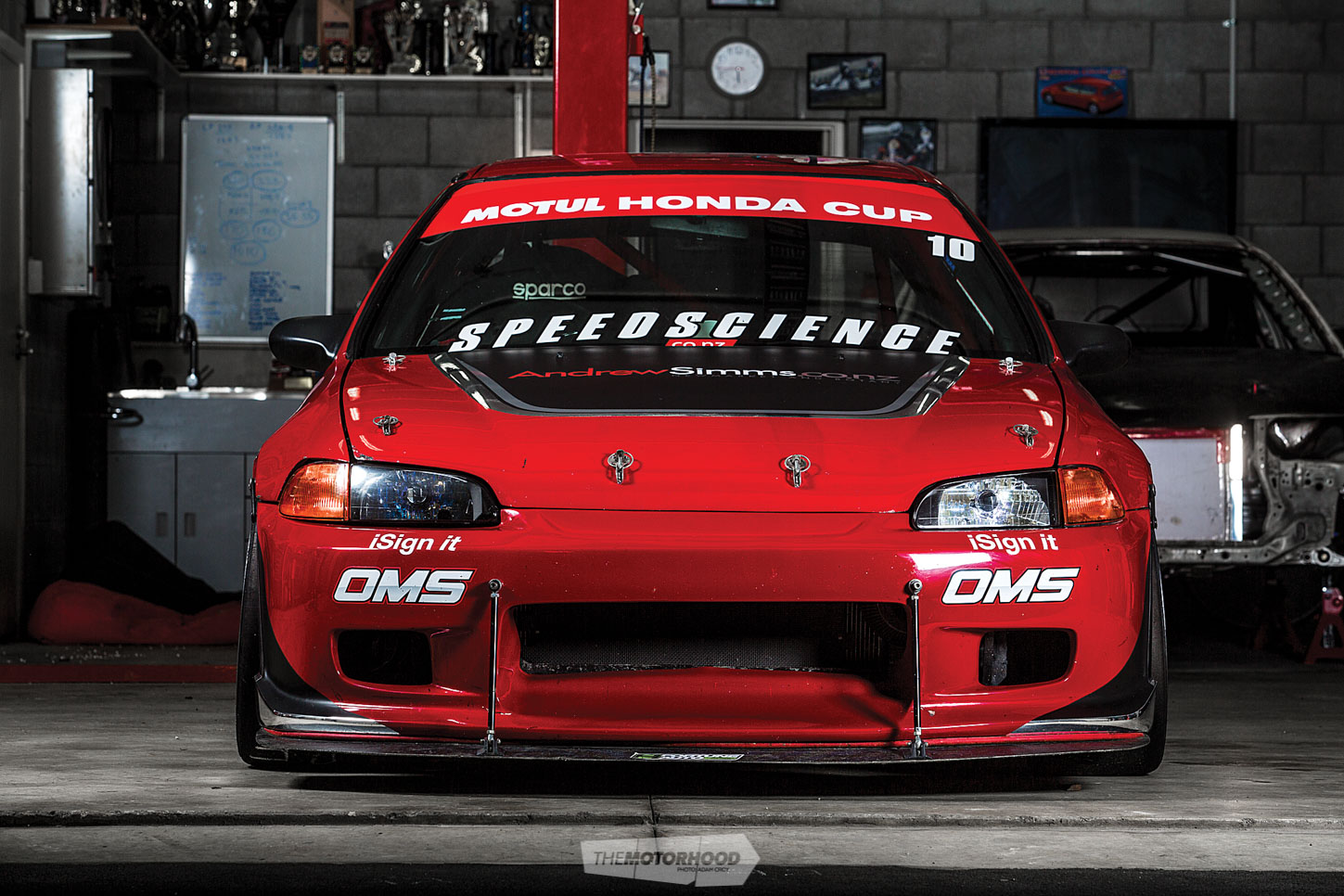
The focus of the build was always the handling, and competing against worked, higher-capacity engines
That controversial set-up saw Mitch claim the car’s fourth season victory, before it underwent open-heart surgery to remove the 1600 engine to make way for the upgraded B18. “We built it for the following season, chucked it on the dyno, made some magic numbers, headed to Hampton [Downs Motorsport Park], and it [the B18] decided to expire after four laps,” he said, “That was about two weeks out from the first round of the Honda Cup.” According to Mitch, the team went into panic mode, rebuilding a new B18 in the hopes of getting it ready in time. As luck would have it, they did — after dropping the engine in the hole on a Wednesday and sending it off to the tuner, picking the car up that night, and having it at Hampton for Friday morning practice. Unfortunately for Mitch, not even one lap into practice, the engine was once again claimed by the car gods.
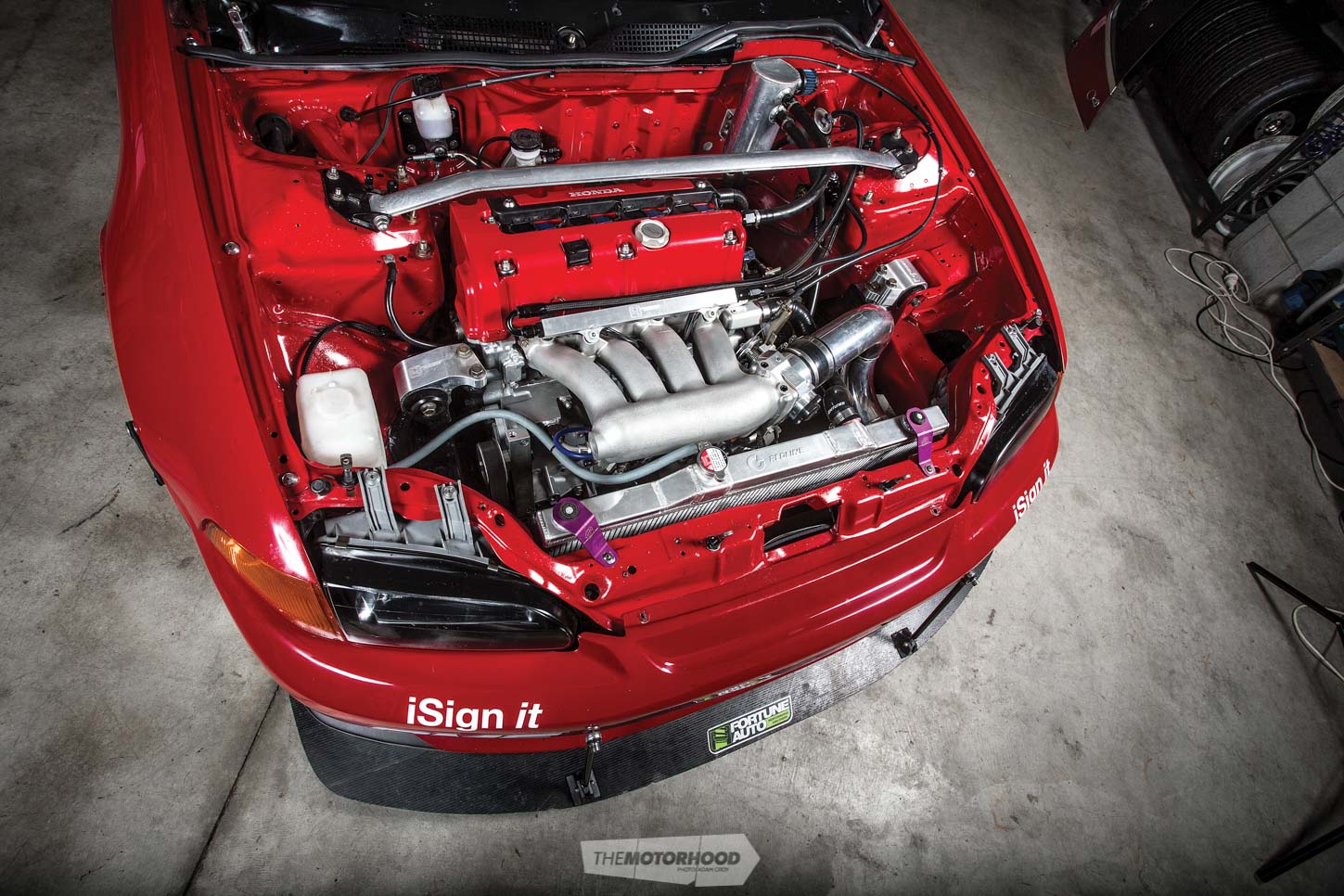
“At that stage, we chucked the car on the trailer, raced back home, pulled the B18 out, stuffed the old B16B in the hole, over to the tuner, and back to Hampton by 7pm,” Mitch told us. The team went on to contest and claim the win for race one in round one, but Mitch and his father, Jeff, weren’t satisfied competing with the 1.6-litre heart. Mitch admitted, “It was a bit boring, really. We had done the 1600 already, and we didn’t want to do it again.” With this in mind, Mitch sourced the new K20A out of a DC5 Integra Type R, and the team skipped three rounds of last season while waiting on parts to finish the conversion.
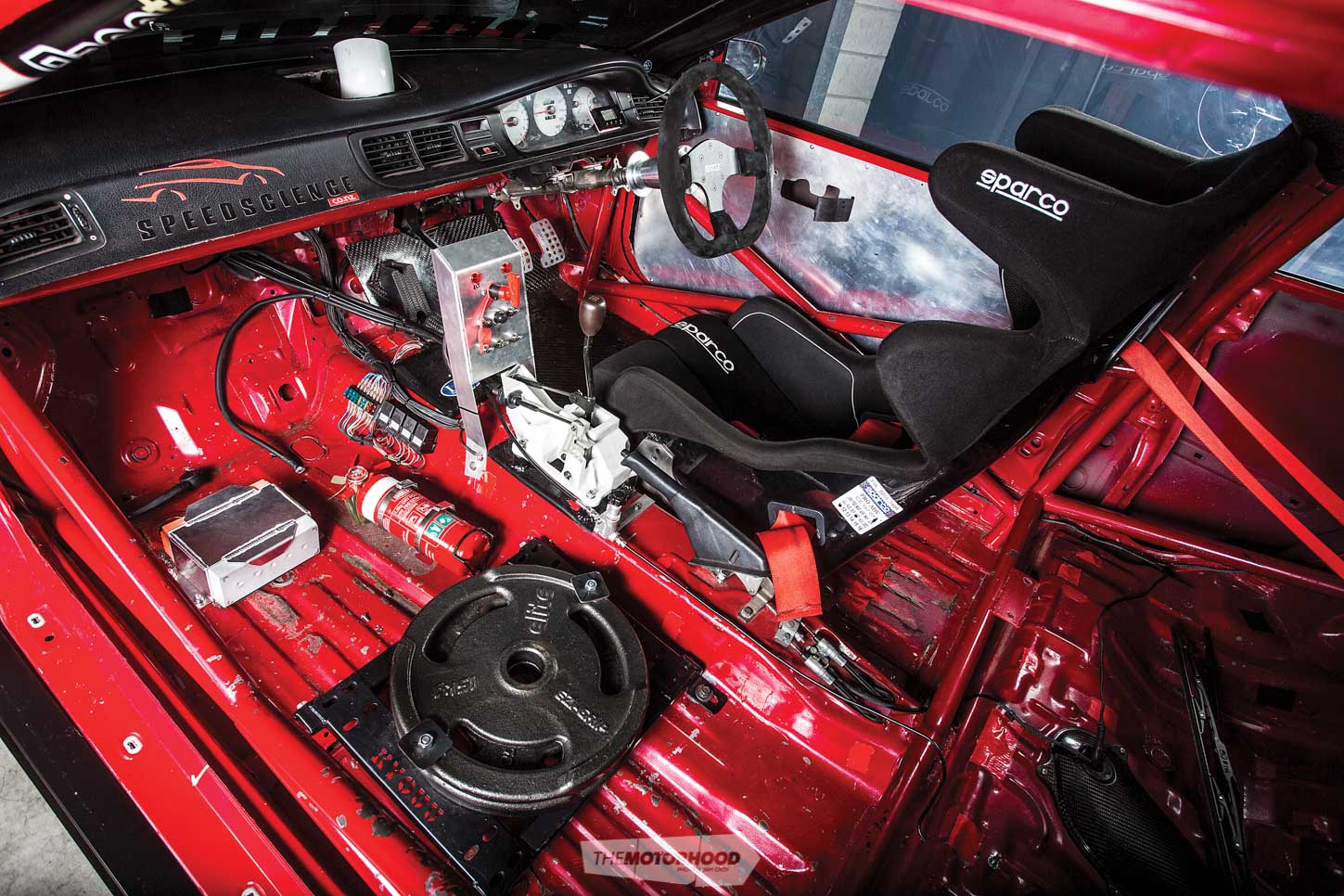
They were blown away by the difference the swap made, saying it was a different machine altogether, and, when testing it at a practice day at Hampton Downs, Mitch went toe to toe with a V8 super tourer for three laps. “He passed me on the straight, and I went around him at turn one — it was balls-to-the-wall stuff … for a little car like that, being able to go up against the big boys is pretty fun,” he said, laughing. With a successful run under his belt, Mitch headed to round five of the Honda Cup at Manfeild, where he clocked up the quickest lap time on the Friday and qualified P2, but opted out after teething issues with fuel held the car back. “We tried to get away with pushing 190kW through the factory set of injectors and fuel pump, which was fine for the B16 but the K20 leaned out”, he told us. “It was the first real shunt [for the K20]: rather than wrecking the gear, we decided to pack up and head home to sort it out.”
This stint saw the factory injectors running up to 98-per-cent duty cycle through the corners at Manfeild. The fix was a set of 600cc Grams injectors slotted in, while a Walbro 500hp fuel pump was installed to keep them fed. Before heading to the last round of the season, Mitch gave the new fuel system a good beating at the Velocity Enduro race, the car ran three seconds in front of P2 in qualifying and led the enduro start to finish, with an impressive 13-second lead after only six laps due to a late safety car, and set the quickest lap time for the event.
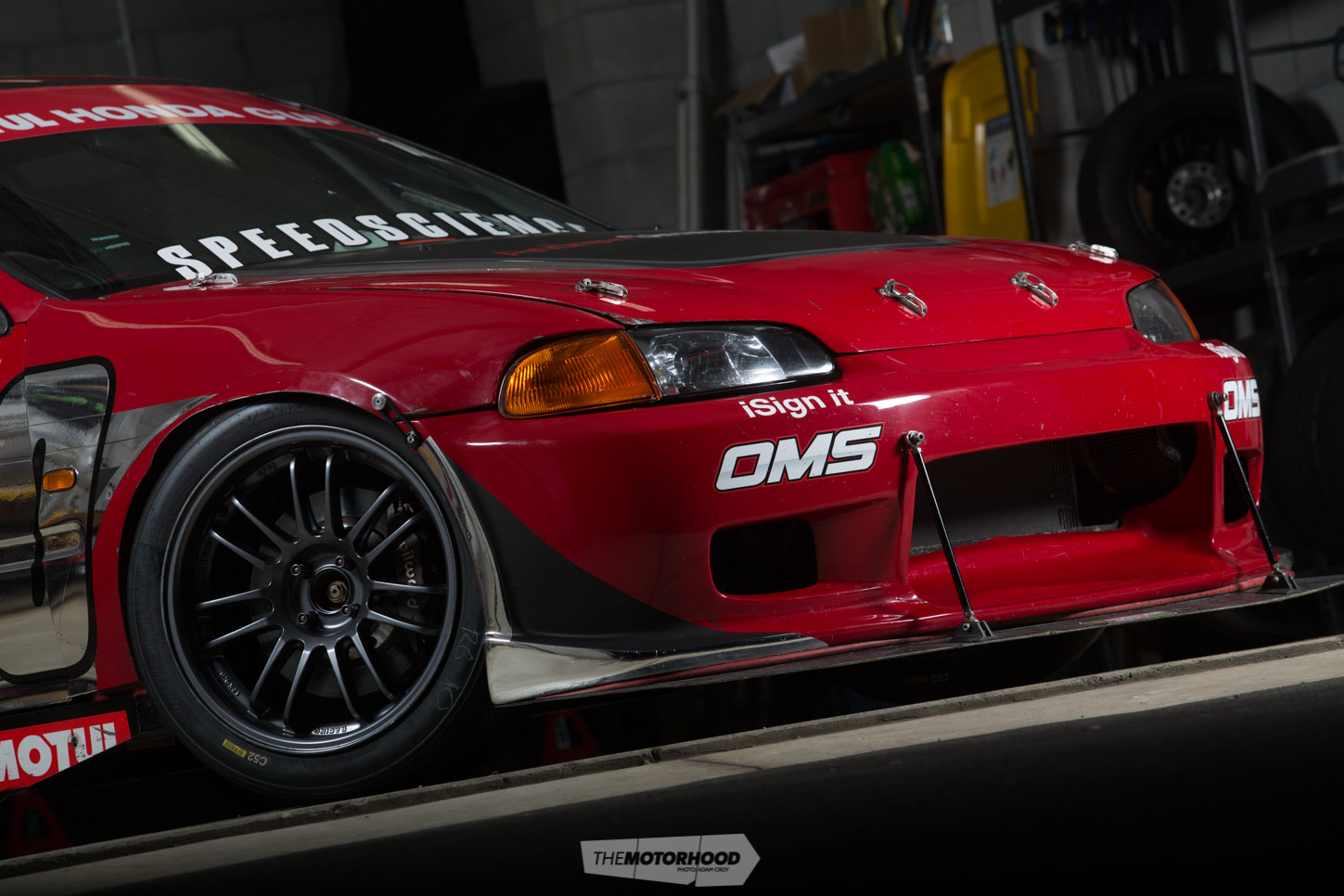
For the final bout of the Honda Cup series at Hampton Downs, Mitch gave the car a thorough check over to ensure that none of the previous issues could flare up and cut the day short once again. Avoiding any mechanical issues during qualifying, and placing on P1, he was told by the organizers that his impressive lap times and lead over other contenders wasn’t good for the series, spectator-wise. “They started to get a bit upset about it … it was good for us, though,” he said, laughing. Regardless, Mitch still won the heat and followed the victory by smashing the Honda Cup lap record on Sunday during the NZ Superlap Series, clocking only five-tenths of a second off New Zealand’s fastest Honda record set by Ant Te Rito. But his most impressive display on the weekend was the jump from 22nd on the grid to first in only two laps to claim the win. “It was a hectic two laps, trying to pass 18 cars in one lap, it was all go,” Mitch continues; “At the end of lap one, I was in fourth, and only had to pass three more guys.”
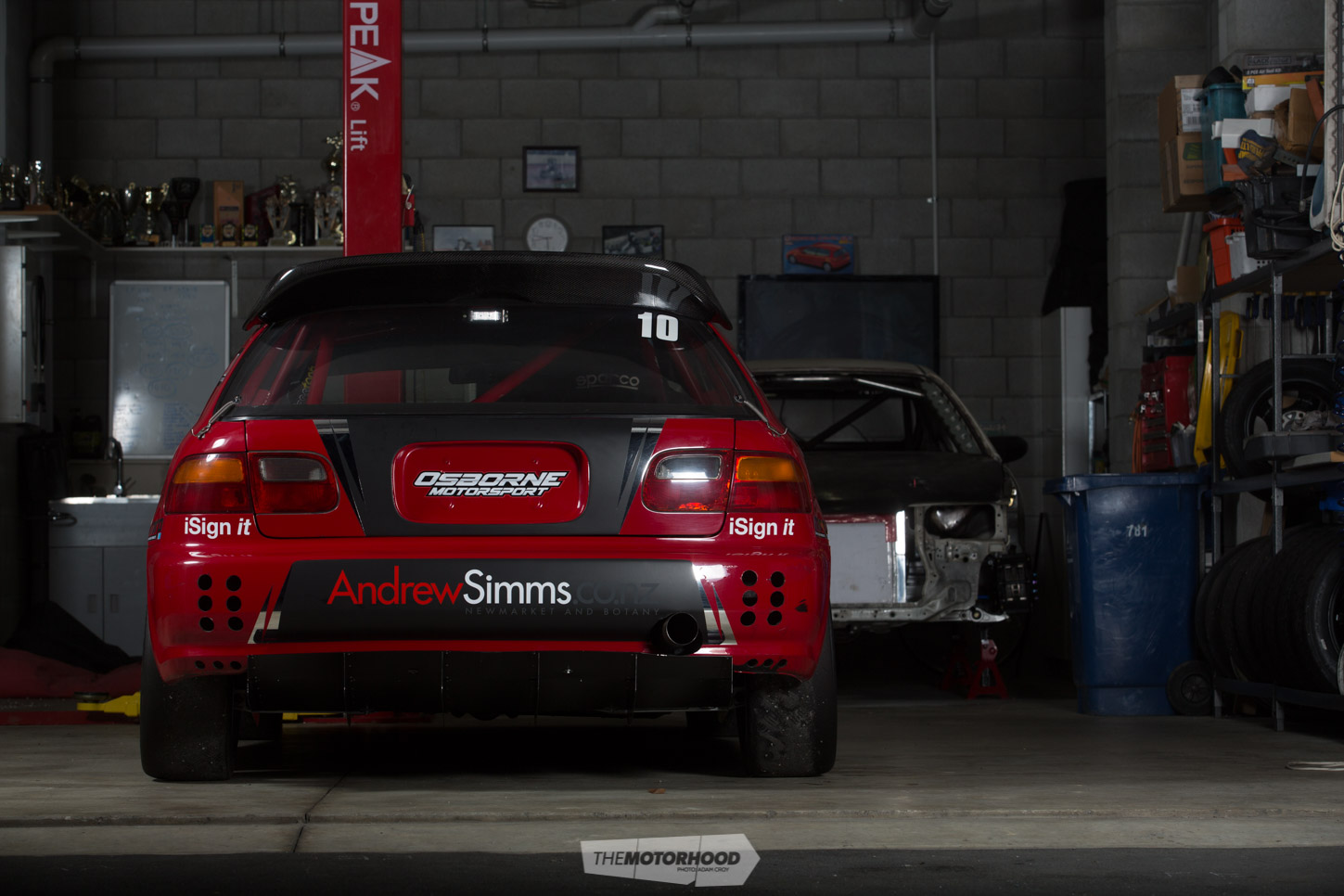
“That’s what it’s built for, to go around a corner fast; it doesn’t need to go fast in a straight line”
With an impressive amount of development and number of race wins and lap times notched up, Mitch is now setting his sights on the title of New Zealand’s quickest Honda -which may explain the rolling body that can be seen lurking at the back of the garage. “This car was originally built back in 2004, and we’ve put all the research and development into it to get things right. Now, we’ve got this package working, let’s build another one from the ground up and break some records.”
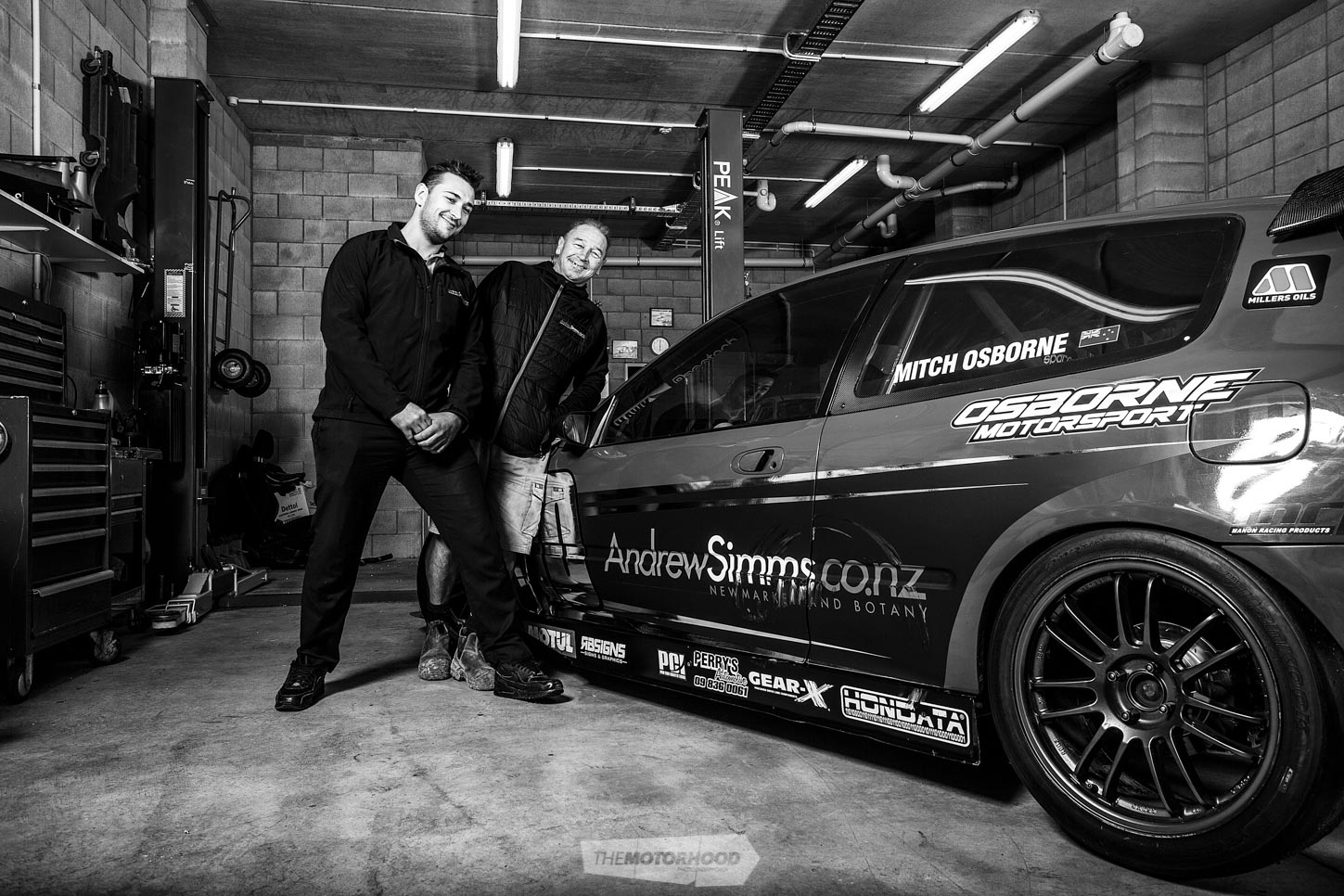
Driver/owner: Mitch Osborne
Age: 27
Location: Auckland
Occupation: Workshop controller
Build time: One year
Length of ownership: Three years
Thanks: Thanks to Osborne Motorsport; my major sponsor, Andrew Simms; my other sponsors, Speed Science, Manon Racing Products, and Racer Products; and SMS Fabrication for the build input
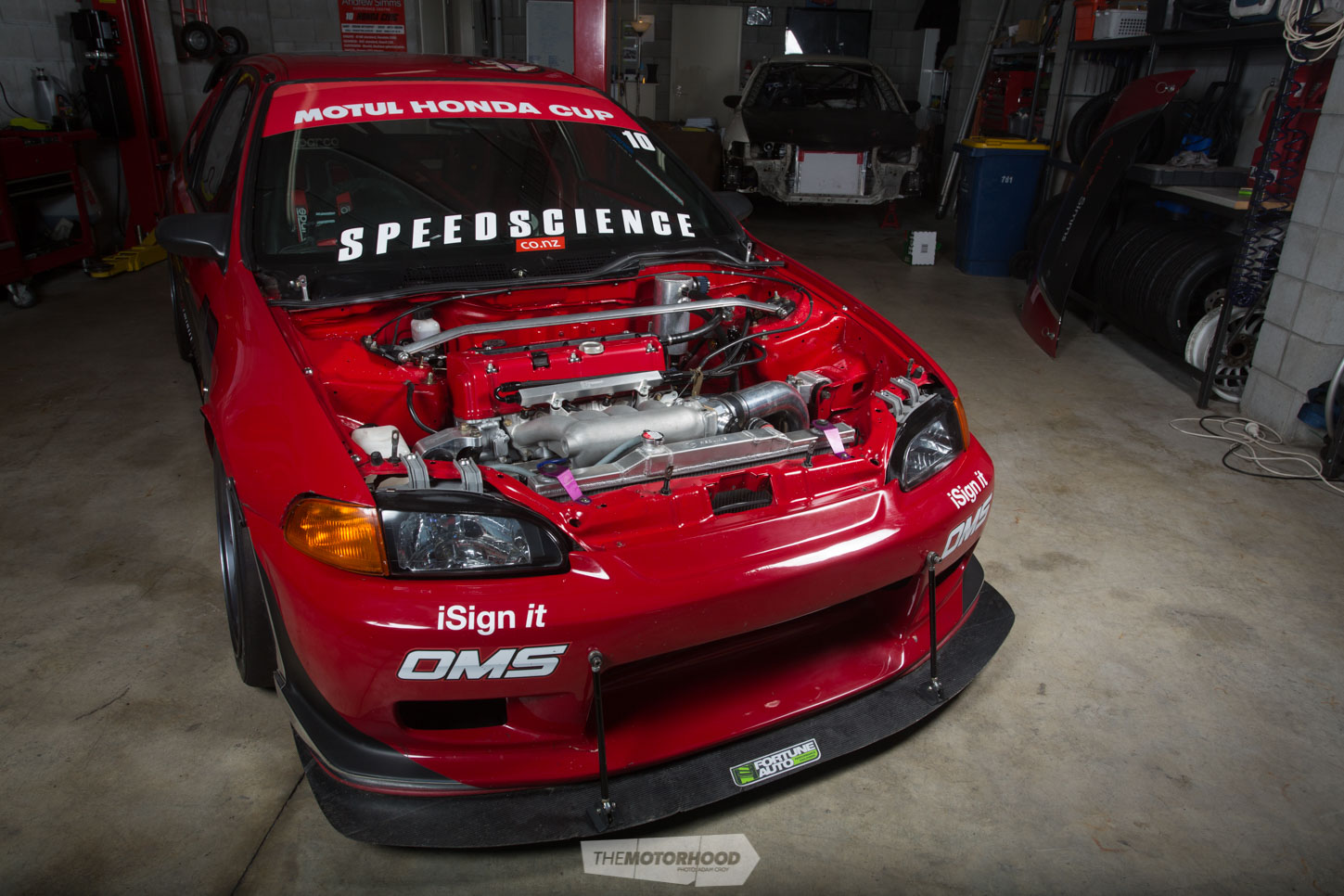
1992 Honda Civic EG6
Heart
ENGINE: Honda K20A R (DC5)
BLOCK: Factory
HEAD: Factory
INTAKE: RBC intake manifold, S90 70mm throttle body, SMS velocity stack intake
EXHAUST: PLM header, three-inch mandrel system, AdrenalinR resonator
FUEL: Walbro 373kW/500hp fuel pump, 600cc Grams injectors, K-Tuned fuel-pressure regulator, -6 braided nylon hose
IGNITION: Factory
ECU: Link G4+
COOLING: DC5 alloy radiator, K-Tuned billet top and bottom housing
EXTRA: Stripped, custom-braided loom
Drive
GEARBOX: DC5 Type R six-speed
CLUTCH: Auto Clutch six-puk solid-centre brass button
FLYWHEEL: Auto Clutch lightened chromoly
DIFF: KAAZ 1.5-way limited-slip, Insane Shaft billet axles
Support
STRUTS: Custom Fortune Auto 510 series shocks, Swift springs
BRAKES: (F) Wilwood Superlite calipers, Wilwood 310mm two-piece rotors, (R) factory EG6 calipers, Hawk rotors and pads
EXTRA: Chromoly eight-point roll cage, Hardrace spherical bushes throughout
Shoes
WHEELS: (F) 17×9-inch Koya, (R) 17×8-inch Koya
TYRES: (F) 235/620R17 Hankook Ventus F200 slicks, (R) 215/615R17 Hankook Ventus F200 slicks
Exterior
PAINT: Factory EG6 red
ENHANCEMENTS: C-West front bumper, custom carbon-fibre splitter, PCL side skirts, PCL rear diffuser
Interior
SEATS: Sparco Pro-ADV, Sparco Pro Race harness
STEERING WHEEL: Sparco Pro
POWER: 190kW at the wheels
CIRCUIT TIMES: Taupo Motorsport Park GP Track: 1.36.2s, Hampton Downs Raceway: 1.10.7
This article originally appeared in NZ Performance Car issue No. 236. Grab yourself a print copy or digital copy at the links below:






